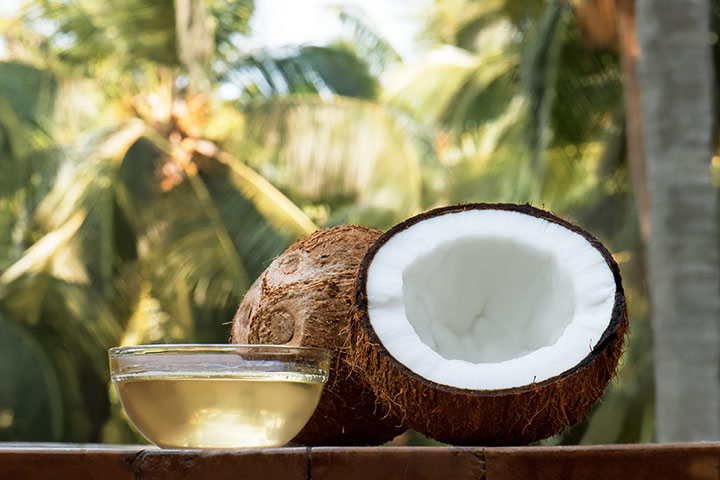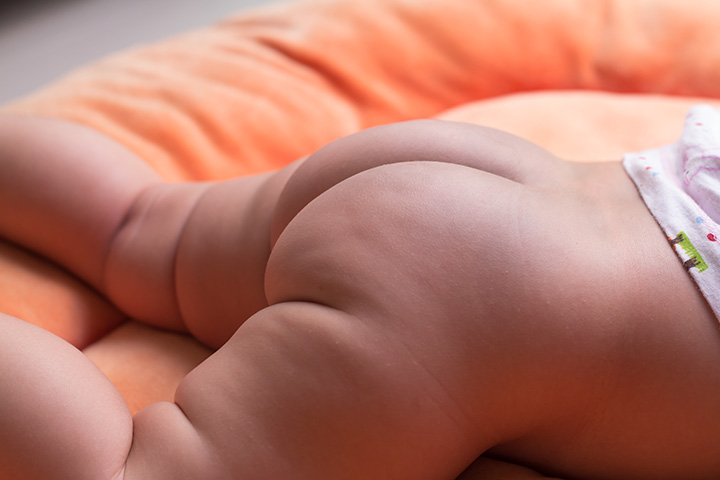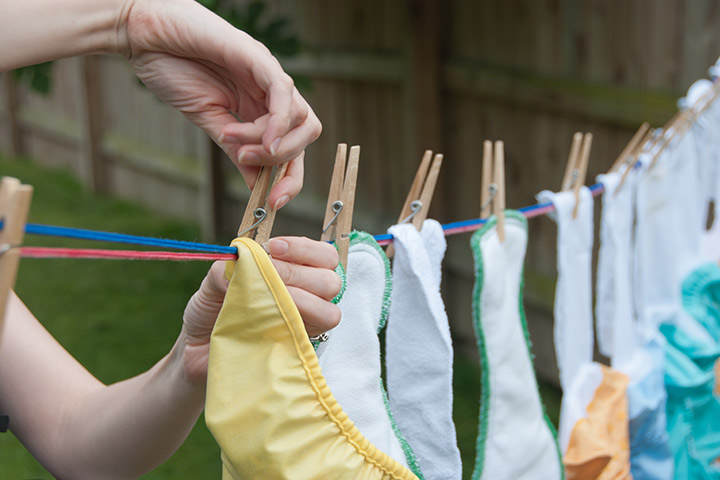
Image: Shutterstock
As a new mother, you are always on your toes every day quite literally to ensure that nothing goes wrong with your baby. Yet, despite your best efforts, your little bundle of joy might end up with a nasty rash! Ouch! Yes, we are talking about those big, red patches caused by yeast infection that develop in the folds of that tiny little tush. These infections not only give you and your baby sleepless nights, they are painful too. Too much for the tiny little soul handle! Sniff!
But have a heart. These infections can be treated easily and effectively. However, before you step out to buy that tube of antibiotic, let us get to the root of the issue. What caused the rash in the first place? If your baby is on solid food, look closely into the amount of sugar or carbs he/she is consuming. Yeasts love both. So, time to cut them down. Ditto for your diet too. This checks off the diet factor on the list.
Next, has your baby had a bout of thrush lately? Or have you been on any antibiotics recently? If the answer is a yes to both, then we’d suggest that you both finish with your due course of antibiotics before proceeding to deal with the yeast. Also, ladies, if you’ve been having a yeast infection, dermatological or vaginal, even that can pass on to your little one. So make sure you deal with your side of the story first.
Now that we’re done with the causes, let us discuss here natural ways of curing yeast infections in your baby.
1. Dab On Breast Milk
If you are a nursing mother, just squeeze out the magic liquid and dab it on your baby’s rear. It is common knowledge that breast milk contains enormous amounts of antibodies. These are not just good for the baby’s immunity, but can also kill some of those infectious bacteria or yeast that attack from the outside. So, while breast milk heals cuts, sinuses, minor wounds, etc.(yes, it really does all that!), it definitely heals those scary red blobs too.
2. Coconut Oil Smear
It smells good, tastes great, and is a great moisturizer. It’s probably the next best thing after breast milk. If you are wary of using chemical antibiotics on your baby, then coconut oil is your best bet! The natural antigens in the coconut oil help in killing yeast and bacteria. It also reduces diaper rash and moisturizes the delicate area. All this, the natural way!
3. Add Garlic To The Baby’s Diet
Garlic is great for the immune system. This little white pod is also capable of killing bacteria and yeast infections. But making your baby eat one could prove to be quite a task. So, freshly mince some of it and sprinkle on your baby’s dinner. Follow it up with scoops of your baby’s favorite food to help him/her get over the pungent flavor. However, never apply garlic directly on the infected skin area.
4. Diaper-Free Time
Your baby’s delicate rear is continuously wrapped and covered from the time he/she is born. So giving the area some fresh air will help in drying the yeast-infected area. Do schedule some diaper-free breaks for your baby from time to time.
5. Probiotics
We all know how the live bacteria in probiotic yogurt is good for the gut. But did you know that the same bacteria also works when directly applied on the skin? So, smear some of that cool, white product on your baby. But do NOT use sugary or flavored variants as they can have the exact opposite effect. Do check with your doctor if the skin seems to dry out (which is a probable sign of healing).
6. Hot Water Laundry Wash
This applies to both the baby and you, especially if you are using cloth diapers or your baby is old enough to wear undies. Wash your baby’s diapers/undies as well as your own intimate wear in hot water mixed with vinegar several times a day. This kills the yeast that clings on to the clothing. However, make sure you wash your underwear separately. Do not mix it with your baby’s
These are a few tried-and-tested, natural ways of getting rid of the yeast infections. However, if the problem persists for more than two days or shows no sign of reducing, it is prudent to see a pediatrician quickly.
















